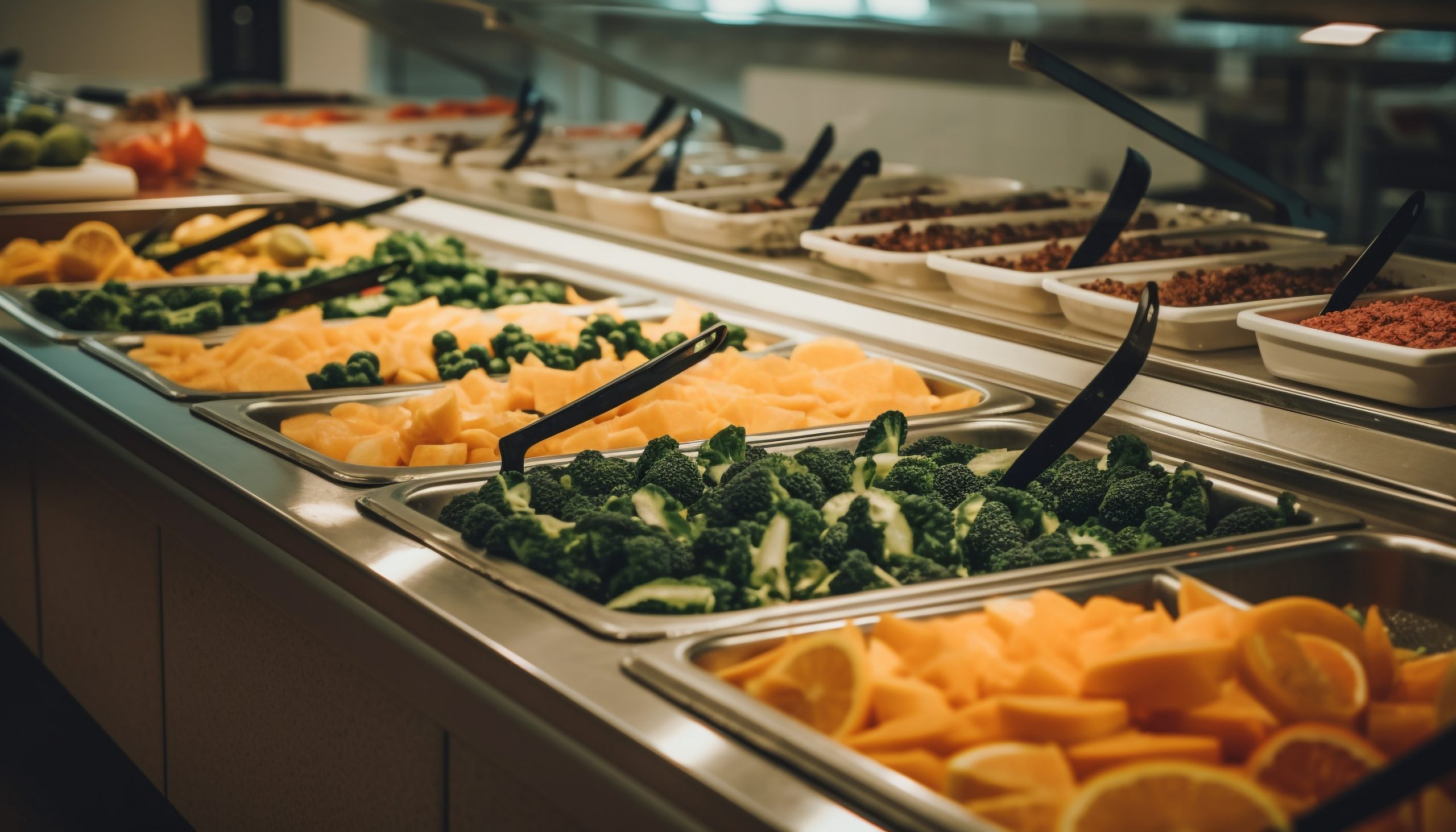Grocery stores present an image of abundance, with shelves overflowing with perfect, fresh food. However, behind this carefully crafted image is a system that generates a staggering amount of food waste. From the loading dock to the checkout lane, the daily operations of a modern supermarket are filled with practices that lead to millions of pounds of perfectly edible food being thrown away every single day. This waste is a major environmental and ethical problem that is built into the business model of the industry.

1. Culling “Ugly” Produce
The first and most significant source of waste is the culling of “ugly” produce. Shoppers are conditioned to expect perfect, blemish-free fruits and vegetables. As a result, any item that is slightly misshapen, bruised, or discolored is deemed unsellable. Employees will remove these perfectly edible but cosmetically imperfect items from the display and throw them away to maintain the appearance of abundance.
2. Overstocking for Appearance
A fully stocked, overflowing display is a key part of a grocery store’s marketing strategy. It is meant to signal freshness and variety to the customer. However, this practice of deliberate overstocking, especially in the produce and bakery departments, inevitably leads to a huge amount of waste. The store knows that a large portion of these items will not be sold before they spoil, but they consider it a necessary cost of doing business.
3. Damage During Shipping and Stocking
The journey of a product from the warehouse to the shelf is a rough one. A huge amount of food is damaged in transit or during the stocking process. A pallet of yogurt might be dropped, or a case of canned goods might be dented. While some of this damaged but still-safe food can be donated, a large portion of it is simply thrown away.
4. Spoilage from Broken Equipment
A grocery store relies on a huge network of refrigerators and freezers to keep its perishable food safe. When one of these units breaks down, the consequences can be catastrophic. A broken freezer case can lead to the loss of thousands of dollars’ worth of frozen food. All of this product must be discarded due to the risk of spoilage and bacterial growth.
5. Waste from the Deli and Hot Food Bar

The prepared foods section, including the hot bar and the salad bar, is another major source of waste. Health codes require that any unsold food be thrown away at the end of the day. While this is a necessary safety measure, it means that a huge amount of perfectly good, cooked food is discarded every single night.
6. Passing the “Sell By” Date
The “sell by” date on a product is a tool for inventory management, not a safety deadline. However, once a product passes this date, the store is no longer allowed to sell it. This leads to a massive amount of food, from milk and yogurt to packaged salads, being pulled from the shelves and thrown away, even though it is still perfectly safe to eat.
7. Customer Returns of Perishable Goods
When a customer returns a perishable food item, the store must discard it. Even if the product looks completely fine, the store cannot verify that it was kept at a safe temperature while it was out of their possession. This strict but necessary food safety rule means that every returned gallon of milk or package of meat goes directly into the trash.
8. Promotional Waste
When a company launches a new product, they will often send a huge amount of it to the store for a promotional display. If the product does not sell well, the store is left with a large amount of unsold inventory. This is also true for seasonal items. After a holiday, any unsold, holiday-themed food is often discarded to make room for the next season’s products.
9. Inefficient Ordering Systems
Despite modern computer systems, inventory management is still an imperfect science. A store manager might accidentally order too much of a certain product. A change in the weather can reduce the demand for an item. These simple forecasting errors can lead to a huge amount of overstock, which, for perishable items, will inevitably lead to waste.
The Hidden Cost of Abundance
The massive amount of food waste in the grocery industry is a direct consequence of our demand for perfect, abundant, and convenient food. The system is designed to prioritize appearance and choice over sustainability. While donation programs and composting efforts are helping to reduce this problem, they are only a partial solution. A real change will require a fundamental shift in the way we produce, sell, and buy our food.
What is the one thing you think grocery stores could do to reduce their food waste? As a shopper, what are you willing to do to help? Let us know!
What to Read Next
How Delivery Warehouses Handle Spoiled Substitutions
10 Common Scenarios Where Bulk Purchasing Leads to Massive Waste
Do Grocery Stores Waste Too Much Food? Here’s What Really Happens
Is Food Waste Really Necessary: 5 Things Grocery Stores Could Do To Help The Poor
10 Sneaky Restaurant Tricks That Cost You More Money
The post 9 Ways Your Supermarket Is Wasting Food appeared first on Grocery Coupon Guide.







